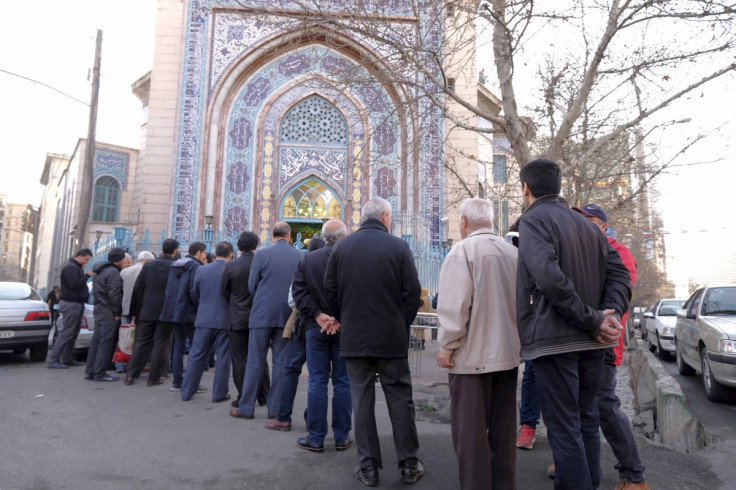Iran elections 2016: Voting under way with two polls set to determine country's future

Iranians are making their way to the polls to take part in two elections that will play a major role in shaping the country's future in the coming years.
Supreme leader Ayatollah Khamenei cast his vote on the morning of 26 February, with a week of official election campaigning coming to a close two days before the polls opened.
What are the elections for?
There are two sets of elections taking place on 26 February. The first one, the Majlis elections, will see all 290 seats in the Iranian parliament filled, with more than 6,300 candidates (including 585 women) vying for elected positions, with five seats reserved for religious minorities, with 1,121 candidates in capital Tehran alone.
The elections are broadly being fought between two main camps of moderate versus hardline candidates, although there is crossover in that moderate conservatives are also running. This year, moderates and reformist candidates, and even some conservatives, have banded together in a bid to grapple control from hardliners.
An election outcome that brought about a hardliner and conservative majority would make the job of President Hassan Rouhani, who is viewed by many as a moderate, harder and give his upcoming election campaign a knock, but the nuclear deal is not expected to be affected by the outcome of the elections.
Some people are pushing for regime change and therefore plan to abstain from voting because they view the elections as unfair. The idea that people may not participate in the elections is a worry for candidates from both sides of the floor, and therefore much has been done to encourage voters –including a text sent from Rouhani – reminding citizens to go out and vote.
This is due to the ability of the Guardian Council, a 12-member unelected body of clergy, to pre-select which candidates are allowed to stand, with almost half of the 12,123 candidates who initially put their names forward cut from the roster before campaigning began.
The second set of elections is for the 88-seat Assembly of Experts, which is responsible for selecting a supreme leader and overseeing the position.
Given current supreme leader Ayatollah Khamenei is 76 years old and is reported to be in declining health, it is possible the assembly will be responsible for choosing the next supreme leader during its tenure, which lasts until 2024, making the election particularly important as it has the potential to shape the future direction of the country.
The Guardian Council is also responsible for vetting and approving candidates for the assembly, with 801 people putting their names forward and the majority rejected, to give a total of 166 people standing for the 88 seats.
How many people will vote?
According to a February poll by iPos, around 70% of respondents will vote, the largest turnout since 1996, with more than 53,000 polling stations set up around the country. However, many young Iranians have stated they do not plan to vote, instead pushing for regime change, while some politicians fear voter apathy is high, and Iranian voting habits are often difficult to accurately predict.
Who can vote?
The voting age in Iran is 18, meaning around 55 million of the country's population of 79 million are eligible to vote in the elections.
When will the results come in?
Voting is set to close at 6pm local time, although this may be extended if there is a larger turnout. Results for the Assembly of Experts elections are expected to come in within a few days, BBC News reported, while results of the Majlis elections are expected shortly afterwards.
However, given the number of candidates and the fact that 25% of the votes in any given area are needed to win a seat, the Majlis elections are likely to go to a second round, with a run-off held in April.
When is the presidential election?
The presidential election will be held in spring 2017.
© Copyright IBTimes 2025. All rights reserved.






















